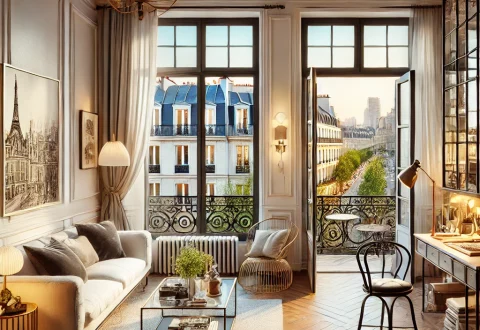For a few years now, a new decorative style has been emerging and gradually conquering apartments and houses around the world: Japandi. Behind this improbable term hides in fact the union of two very different styles. In this article we will try to explain where Japandi comes from, its characteristics, its benefits and above all how to modify one’s interior while respecting its rules. Let’s move towards zenitude!
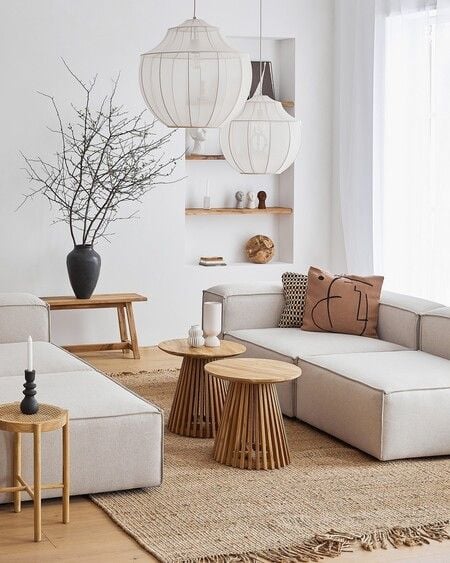
What is Japandi?
“Japandi” is a portmanteau, materializing the combination of decorative styles from Japan and Scandinavia. More precisely, the principles of Japanese wabi-sabi and Danish hygge (pronounced “hu-guh”) are assimilated to create a relaxing atmosphere.
The wabi-sabi, paroxysm of Japanese modesty
Wabi-sabi is a spiritual and philosophical concept that extends to different spheres of everyday life and whose spirit can be found in design and decoration. It is difficult to summarize in a few words the entirety of its thought. Stemming from Zen philosophy, wabi-sabi aims to celebrate imperfection instead of hiding it. It is therefore not uncommon to find in Japandi style decorations elements (vases, bowls, saucers) with irregular edges and handmade.
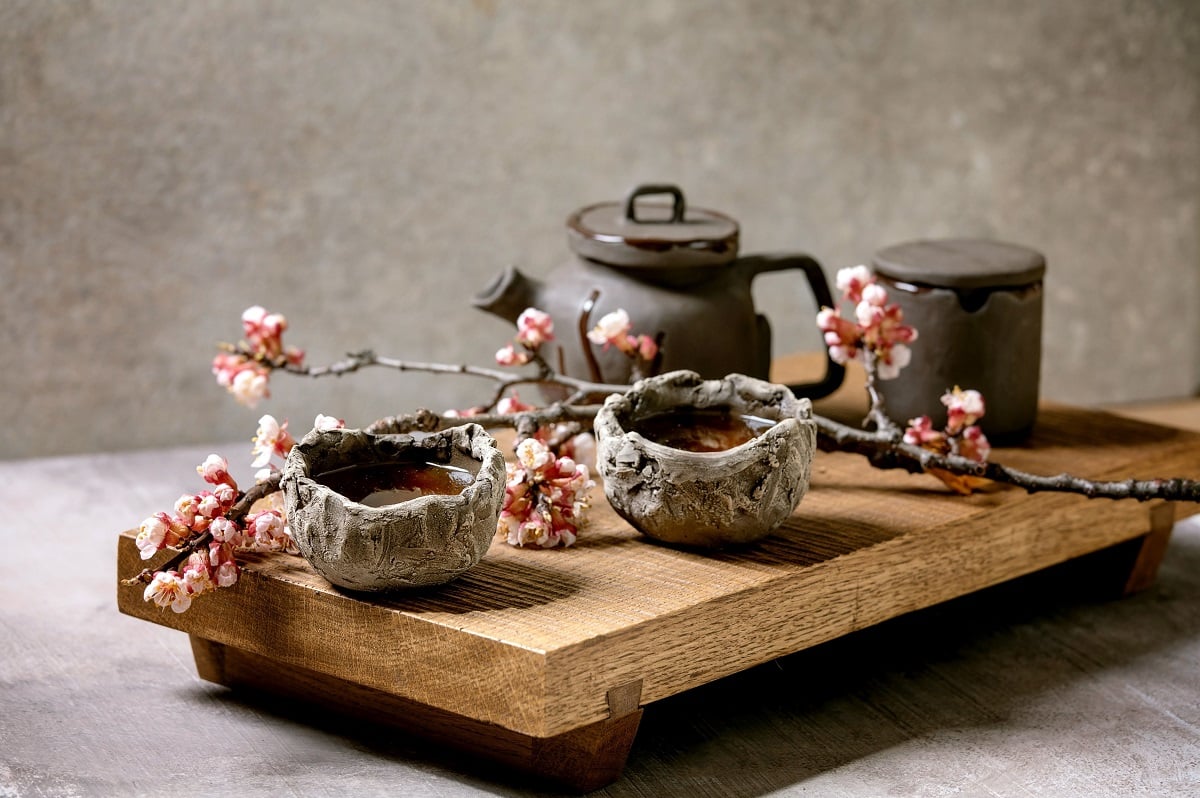
It is also intended to highlight natural elements, especially stone and wood, underlining the powerlessness of men in the face of nature. The knots in wood as well as the cracks in ceramics are thus not imperfections but an acceptance of the passing of time and the modification of things.
Kintsugi is probably the most obvious embodiment of this line of thought. This Japanese art consists of repairing ceramic objects, most often plates or bowls, by gluing the broken pieces with lacquer containing gold powder. Not only are the fracture lines not obscured, but they are even highlighted by the gold.
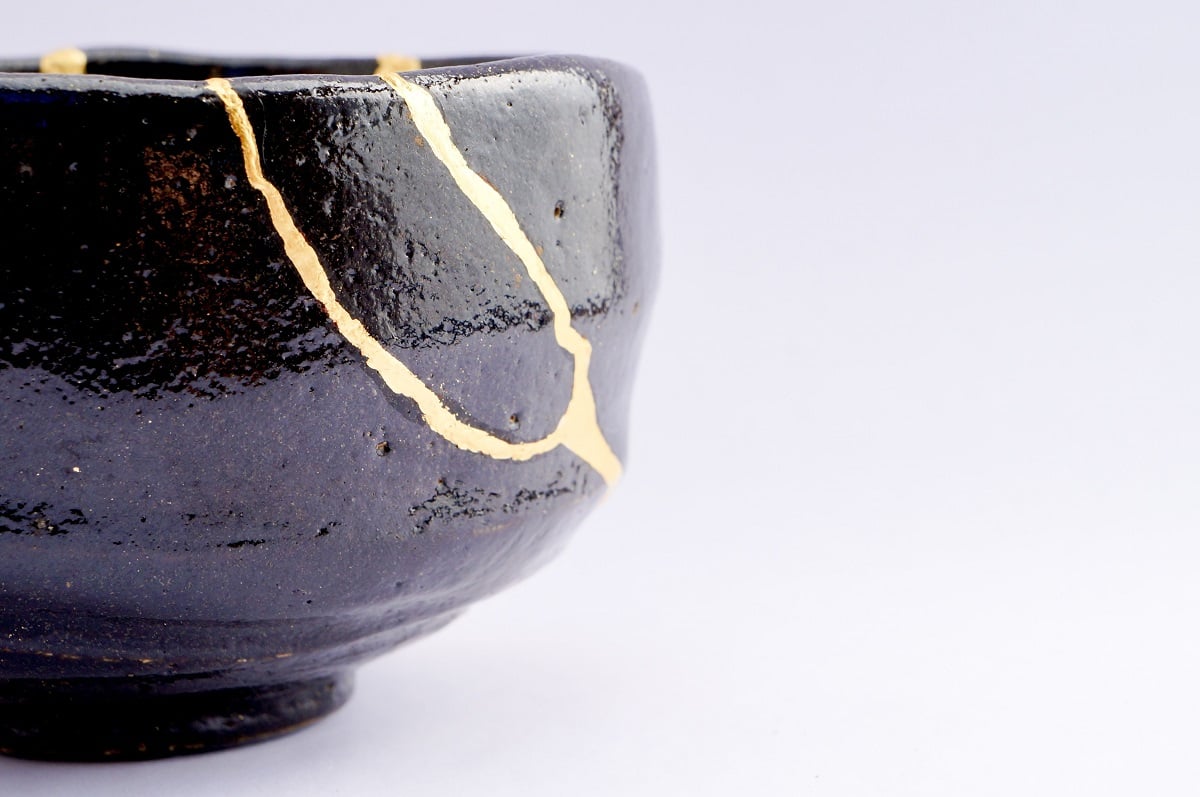
Hygge, the warmth from the North
Although the word “hygge” is Norwegian, it is in Denmark that the art of living around well-being, its primary translation, has settled. The main idea is to create a soothing and pleasant atmosphere in every moment of life. This can be as simple as enjoying the good weather in the summer. Unfortunately, Scandinavian latitudes are not the most favorable in terms of annual sunshine hours. Therefore, it is vital to optimize the interior of the house considering the time spent inside.

The purpose of hygge, in its decoration and furnishing part, is therefore to offer a comfortable and warm environment during the long winter days, when the sun only rises for a few hours.
What materials contribute to a Japandi atmosphere?
Wood
Whether it is the Japanese or Scandinavian part, wood is the main material. Beware, your great aunt’s cabinet has no place in the heart of a Japandi universe. Unfortunately, you’ll have to find another destination for it. Here, simplicity and straight lines are the order of the day. Japandi is indeed a minimalist decorative trend, in the image of the evolution of design in recent years (the simplification of brand logos or soccer clubs is proof of this).
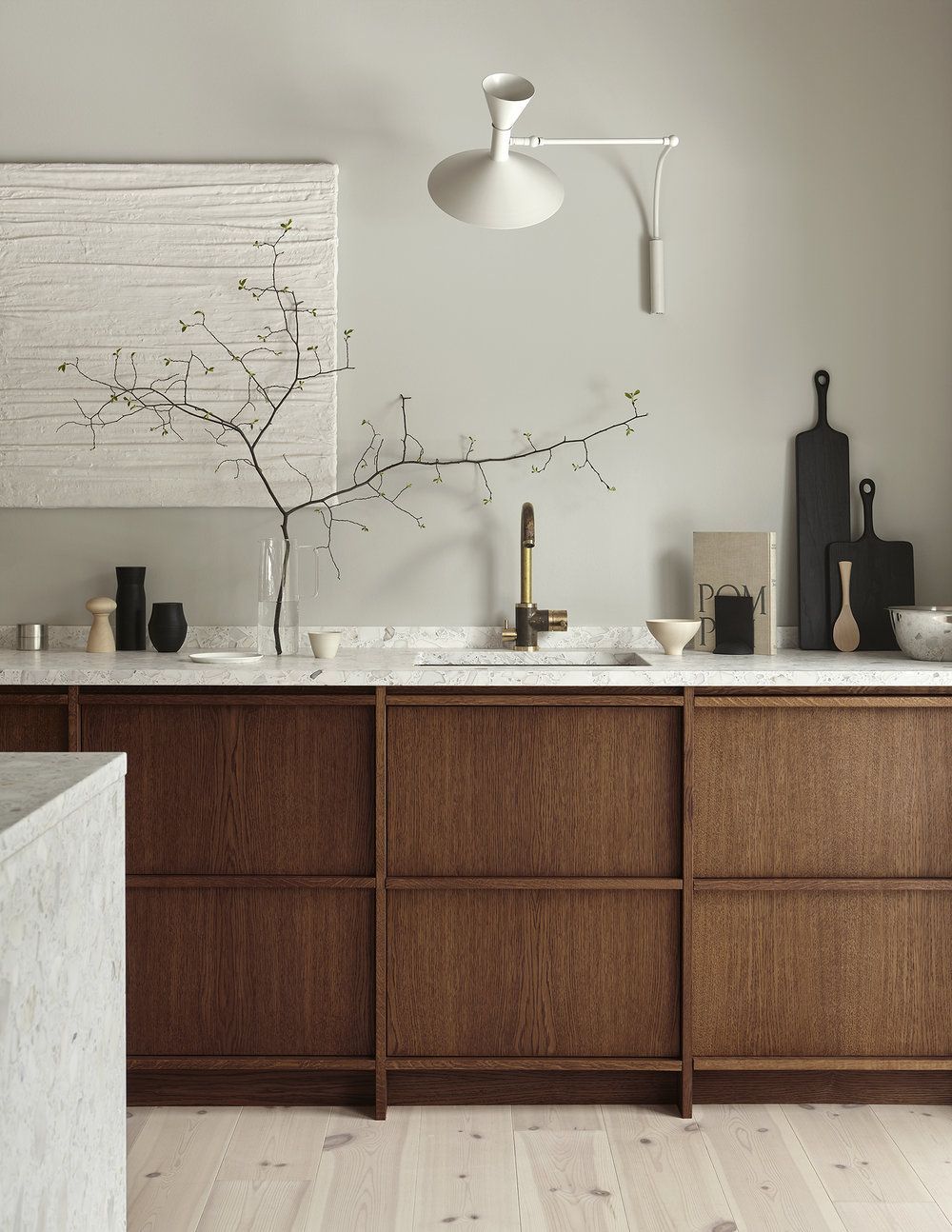
The woods used within a Japandi atmosphere are not the same depending on whether they respond to a Japanese or Nordic inspiration. The former are darker, most often walnut or cherry, and are generally found in the kitchen or bedrooms while the latter are lighter (birch, oak, pine, fir) and used to make up the furniture in the living room.
Wood is found not only in traditional furniture (chairs, tables, shelves…) but also on large vertical panels used in Japan to serve as a separation (claustra type) within a large room or fixed to the wall. Rattan and bamboo are also regularly present in various forms.
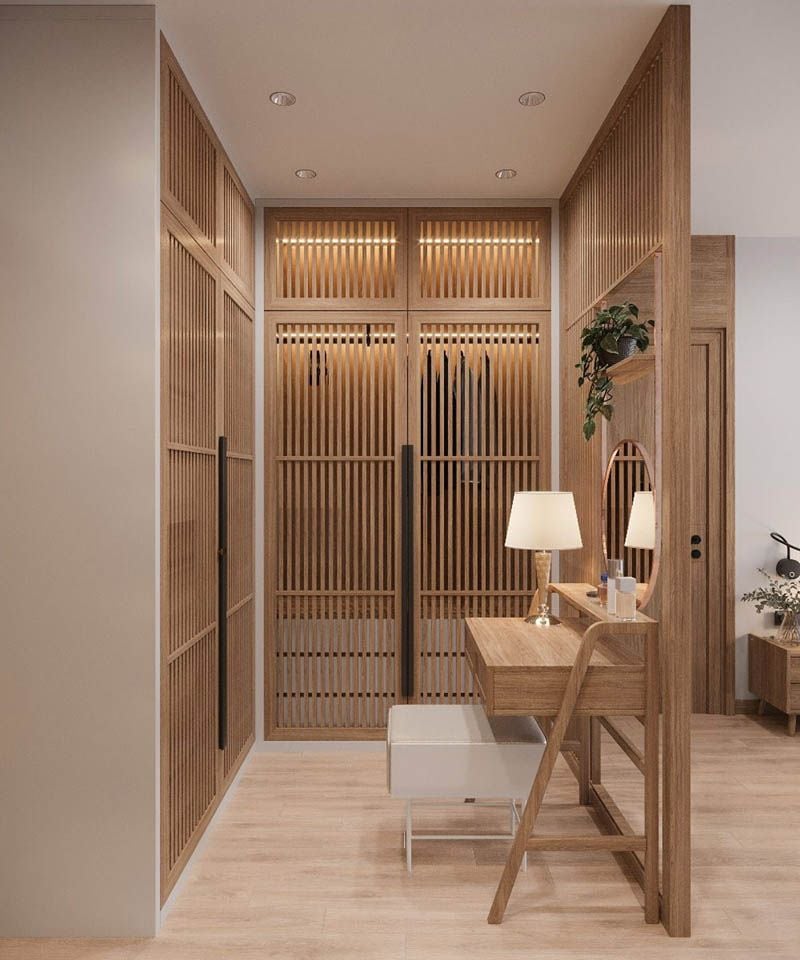
Ceramics
As we saw earlier, ceramics are an integral part of Japandi style decoration. In this case, it is clear that Japan and wabi-sabi are featured. Ceramics can be found in every room of the house. Bowls or plates in the dining room, vases in the living room and bedroom, saucers for soap in the bathroom or simply as a decoration. Whether they are truly handmade or just look like it, these objects give your home an extra touch of authenticity.
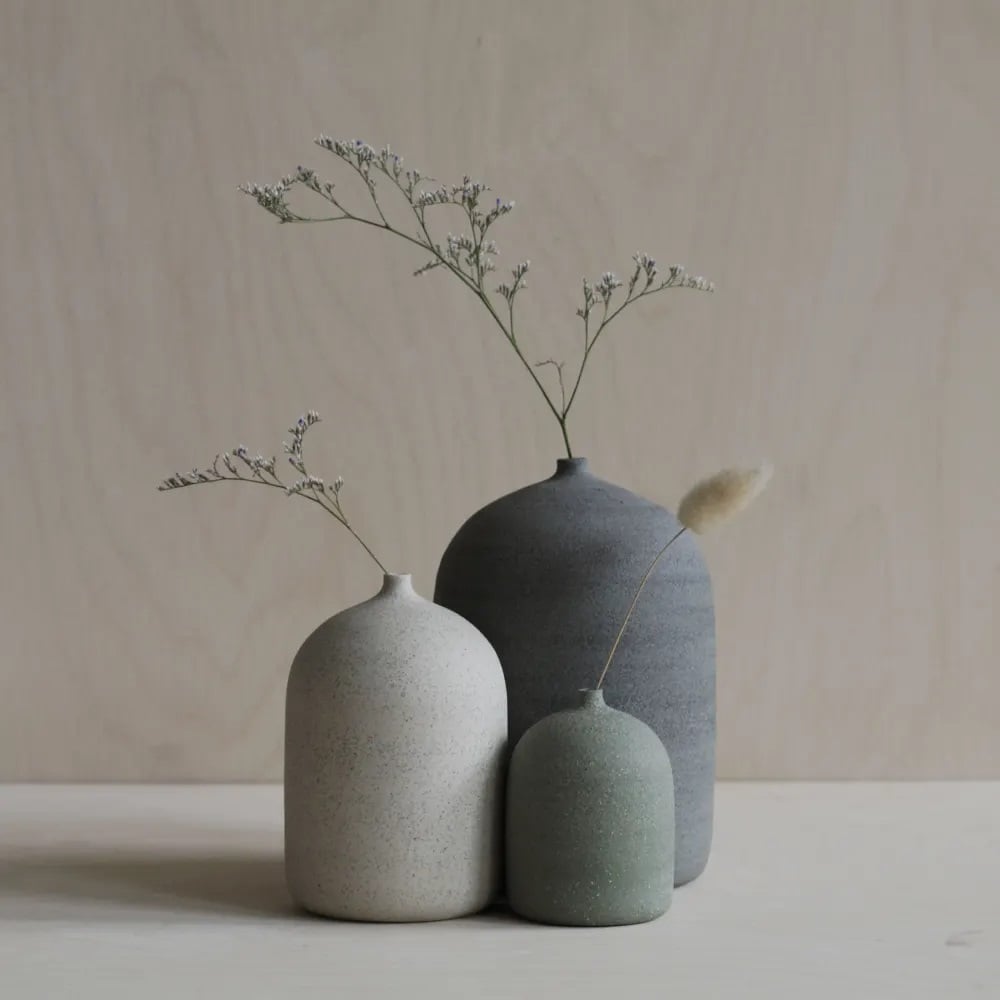
Wax
Granted, considering wax as a basic element is probably excessive due to the few possible uses. However, candles are absolutely fundamental in the hygge philosophy. The Danes are indeed the largest consumers of wax in the world with no less than six kilograms per year and per person. Their brightness, seen from the outside, offers a perfect contrast with the surrounding icy night.
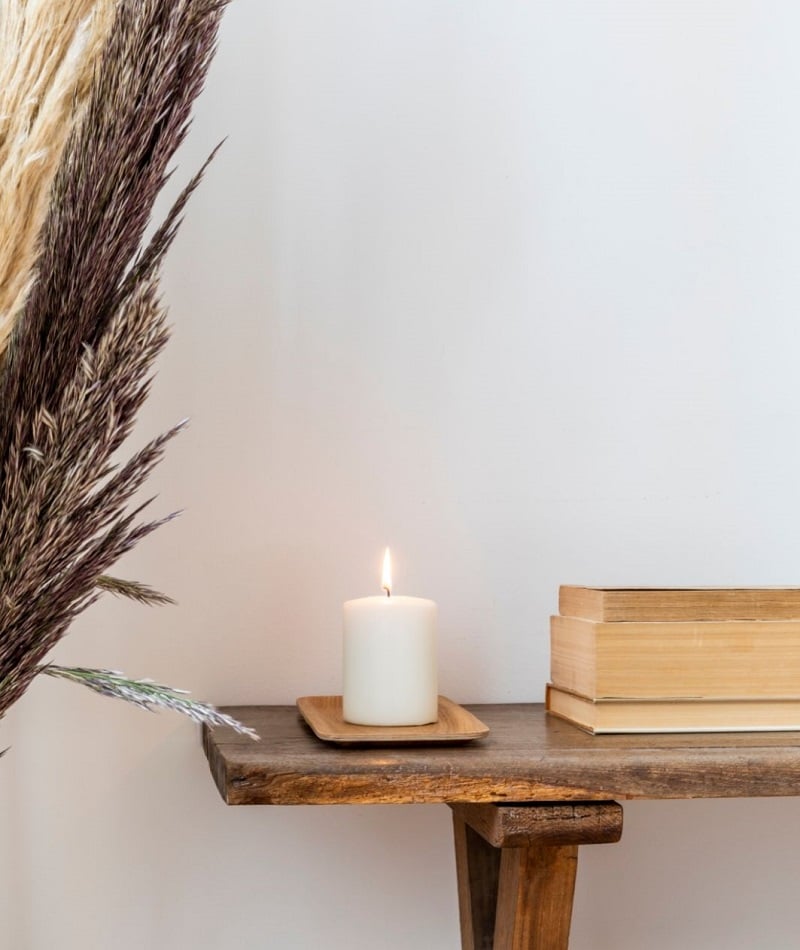
The fabrics
Among the ways that Scandinavians warm up in winter, we find of course the fires of chimney. Difficult to reproduce in big cities without fireplaces, there are fortunately other simpler techniques to protect yourself from the cold. Plaids, cushions and thick rugs are particularly appreciated. These elements also have the double advantage of avoiding the overconsumption of heating.
Touch being one of the most important senses in the Japandi spirit, insulating materials are therefore the most used:
Linen can be found, for example, on comforter covers or pillowcases but also on lampshades.
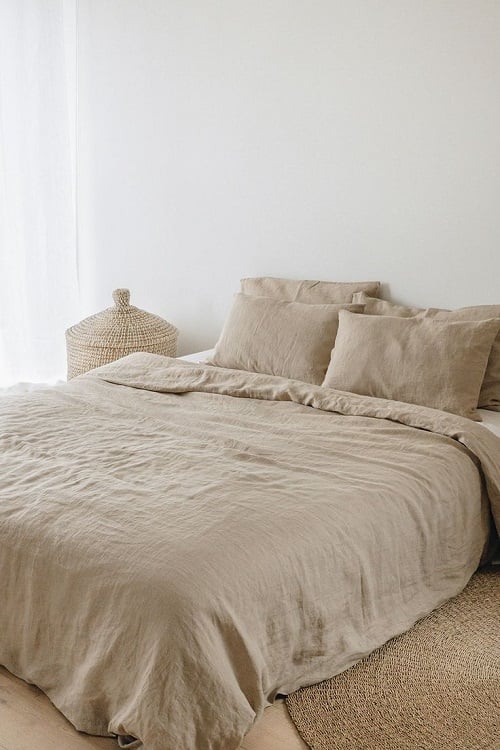
Wool is also extremely popular, especially for bedspreads, rugs and plaids.
Curly wool, very aesthetic and quite expensive, is widely used on sofas or Japandi armchairs.
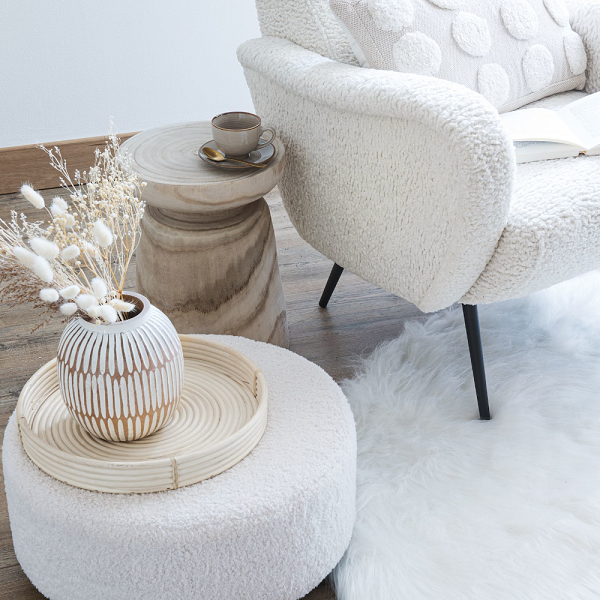
Sheepskin rugs are also present in a Japandi environment, offering a softness and warmth that contrasts with the feel of waxed concrete, often used for the floor.
Natural braided fibers and their pale yellow color are a perfect material for a warm and soothing floor.
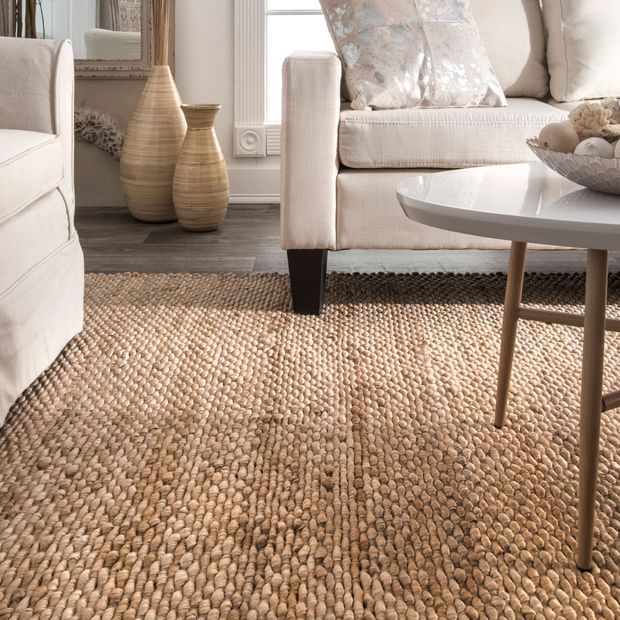
Rice paper is very common as a lampshade.
What colors are found in a Japandi world?
As you can see from the photos in this article, sobriety is the order of the day. The goal, once again, is to create a soft and soothing atmosphere. Therefore, bright colors are to be avoided. No red or bright yellow, let alone purple, the palette of colors to choose from is thus relatively limited.
Overall, unnatural colors are quite rare in a Japandi environment, except for a few touches of terracotta and pale blue or dark blue on ceramics.
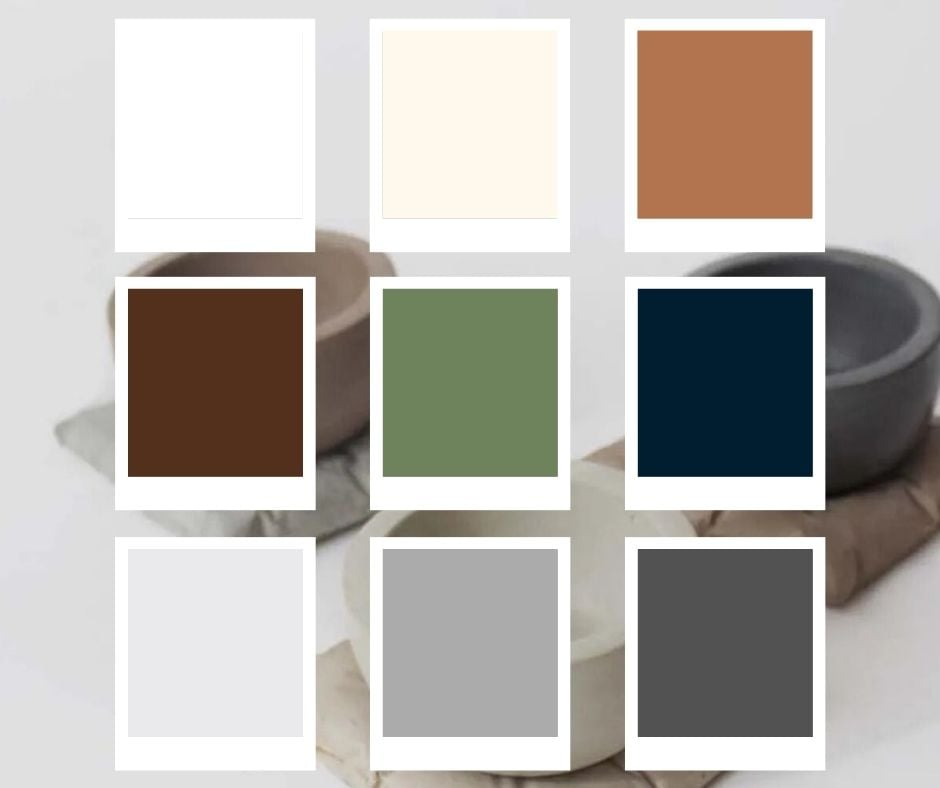
For the rest, it is the original colors of the materials that are found in a Japandi style apartment or house. The white of curly wool and rice paper, the beige of vegetable fibers and the natural colors of wood are thus particularly represented.
There is often a play of contrasts between dark wood or anthracite and white, especially when it comes to Japanese inspirations.
As for the green, although it can be found from time to time on waxed concrete walls, it is mainly through plants that it finds its place in a Japandi style room. These are relatively discreet, but their regular presence is always appreciated to sanitize and embellish a room.
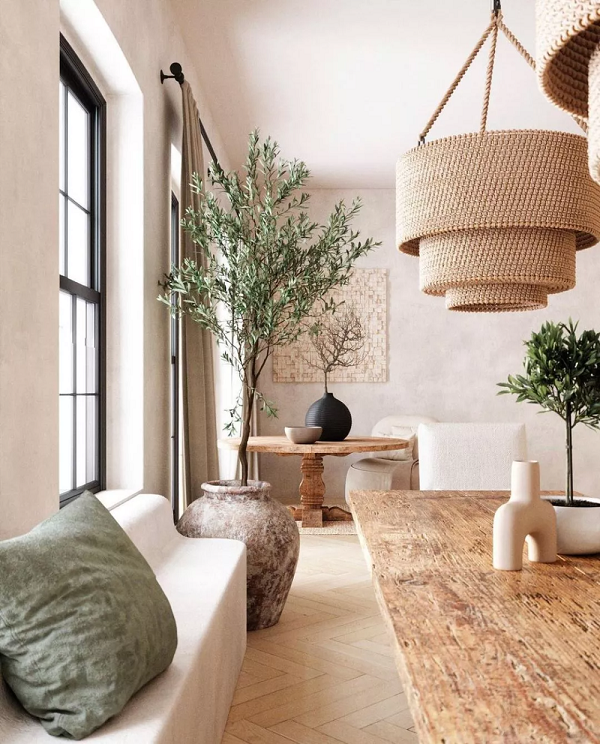
Conclusion
Japandi style decorations and furnishings offer a soothing aspect to the house. Its colors, neutral and sober, as well as the materials which constitute it have a real relaxing power and provoke a feeling of well-being proper to the hygge.
Putting it together in your home may seem complex at first. This is certainly the case if you decide to transform it from scratch. However, we realize that it is often small elements of decoration or bedding, which can be changed slowly. If we except the curly wool sofas, certainly the most expensive of what can be found in the style, it is not so complicated to gradually rearrange your home for a reasonable price.
Don’t hesitate to make your own vases, bowls or plates, that’s the spirit of wabi-sabi!
Photo credits:
Pinterest: Tendencias, HomeDeco, Design Swan, Wescover, April Notes, Côté Maison, RugsUSA, Extra Space Storage
Canva: NatashaBreen, Marco Montalti, Syda Productions, capturenow
Instagram: mindfulcements
